The Center for Species Survival: A Conversation with David Wildt, Head of the Center for Species Sur
- Grayson Ponti
- Apr 13, 2018
- 9 min read
The Smithsonian Conservation Biology Institute in Front Royal, Virginia was founded by Ted Reed, the late longtime director of the National Zoo, in 1975. Its purpose was to be a place where the zoo’s scientists could work with animals living in more naturalistic spaces without concessions to guests. It is home to the Center for Species Survival, whose goal is to research, propagate and manage endangered animals. “The idea [of the Center for Species Survival] is to secure populations of endangered species through scientific investigations,” articulated David Wildt, leader of the center. Here is his story.

@ David Wildt
In 1982, Reed approved Wildt’s appointment to the Department of Animal Health at the National Zoo. He worked alongside Mitch Bush, who was then department head. Their research began at the Zoo, but then quickly moved more and more to the Front Royal facility. “We’d work with clouded leopards on weekends,” Wildt remembered. “We would anesthetize animals and we’d do evaluations, and suddenly I realized there was no comparative data in the literature.” At this point, he began to see himself having a career in wildlife reproduction and soon after the Center for Species Survival began. However, he had to build the department from scratch. “Back then we didn’t have a lab, staff or equipment,” Wildt recalled. “Now we’ve grown to having 50 staff and very nice facilities.” In fact, the facility used to be a horse and mule facility for the army and Wildt pointed out old horse barns were converted into the institute’s laboratories, classrooms and animal holding spaces.

@ Smithsonian
The Center for Species Survival is responsible for managing a wide variety of species at the Front Royal campus. The collection includes cheetahs, red pandas, clouded leopards, black-footed ferrets, scimitar-horned oryx, onagers, bison, maned wolves, mountain zebras, Przewalski’s wild horses, white-naped cranes, dama gazelles, eld’s deer and kiwi. “We intersect reproduction and animal programs,” Wildt explained. “Sometimes it is a challenge at zoos for science to integrate with a collection while here the animals are part of the science program. We’re a living laboratory.”

@ Smithsonian
Wildt’s initiative has been to help create sustainable populations of endangered species in North America. These efforts are expanding on the foundation of Species Survival Plans, cooperative breeding efforts for specific species managed by the Association of Zoos and Aquariums. “The concept of SSPs is good- the idea you can manage a metapopulation, share information and move animals from point A to B,” Wildt reflected. “The problem is we often can’t hit the population target as zoos don’t have enough animals or space. That’s why you need big breeding centers like here at Front Royal reach the real target needs of 1,000 to 5,000 animals. We also can maintain animals in more naturalistic settings and groups. For instance, is it better to have a pair of Addra gazelle at the National Zoo or a herd at the Wilds?”

@ Smithsonian
One of the Center’s signature species is the black-footed ferret, an animal that was declared extinct twice and was saved through the cooperation of zoos, breeding centers and federal and state agencies. “When the species was rediscovered in Wyoming, we received a phone call that there were only six ferrets left,” Wildt remembered. “Mitch, JoGayle Howard and I spent a lot of time in Wyoming banking sperm from the founders and later their offspring. Our Front Royal facility was the first outside of Wyoming to receive ferrets for breeding, again largely because we had space and could provide enrichment, like artificial tunnels. Almost immediately there was natural breeding. We made sure every ferret we had reproduced because of the need to sustain the limited genetic diversity available.”
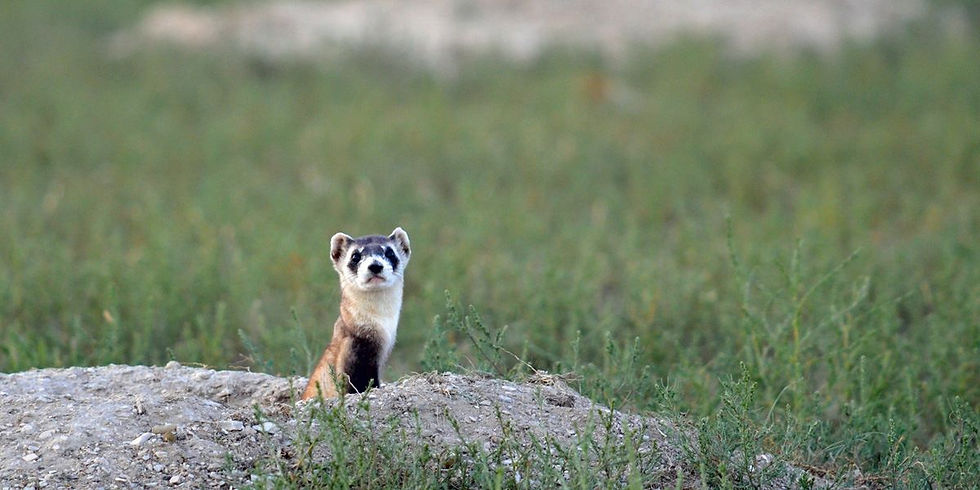
@ Smithsonian
Meanwhile, the late JoGayle Howard led efforts to develop artificial insemination. “We called JoGayle the sperm queen,” he recalled. “We produced 140 black-footed ferrets through AI, including with sperm stored in liquid nitrogen for 20 years. This was the first time cryopreserved sperm was used to infuse genetic diversity back into an endangered species. Today more than 9,100 black-footed ferrets have been produced from the original seven founders by both natural and artificial breeding. That’s an iconic example of zoos and breeding centers making a difference.” Most importantly, over the years, Wildt’s team learned that the reproductive mechanisms of every species is different. “You can’t use the same reproduction technology you’d use on a cow for a ferret or a cheetah,” Wildt explained. “These are unique, specialist animals that have evolved different ways they reproduce. That is the priority- understanding those various mechanisms.”
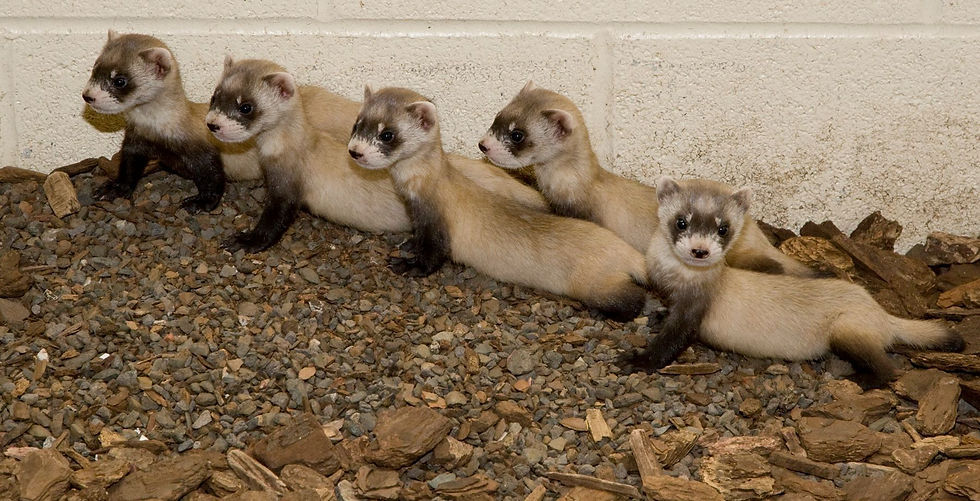
@ Smithsonian
Since that time, the Center for Species Survival has used a mix of natural breeding and artificial insemination. “Our preference is for animals to reproduce naturally but we need technology in cases where populations are low and there is need to maintain gene diversity,” Wildt articulated. “White-naped cranes are a good example. Zoos send us the most genetically valuable animals for us to do AI. [They send them here because] we have scale, scope and experts without public disruption.” The center has long been known for its success with cranes and will soon begin managing a new species. “We’re receiving five pairs of whooping cranes in 2019,” Wildt said.

@ Smithsonian

@ Smithsonian
While there are no elephants at the Smithsonian Conservation Biology Institute, the team has become famous for their work with elephant reproduction. “Due to a lack of bull elephants, it is often necessary to move sperm from one place to the location of a cow,” Wildt elaborated. “Janine [Brown, a world authority on Asian elephants and a long-term member of the team] told me her plans to work with Tom Hildabrandt to develop AI for elephants, but I told her it would be impossible, largely because of the long, tortuous entrance through the reproductive tract to the site of sperm disposition.” However, Wildt’s doubts were proven wrong. “Hildabrandt and colleagues developed a method to overcome the elephant’s difficult anatomy, while Janine developed the hormone monitoring techniques and knowledge to detect the exact time of insemination,” he elaborated. The result has been multiple elephant calves to improve the population size of zoos in North America.

@ Smithsonian
A major focus of the Center for Species Survival has helping create breeding large herds of endangered hoofstock, especially as more traditional zoos have been phasing many of these species out. “At urban zoos, the tendency is to maintain only a few ungulates as the perception is the public isn’t interested,” Wildt stated. “Fewer spaces are being allocated to hoofstock in zoos, while at the same time there may be greater opportunities to reintroduce them to the wild.” The Smithsonian Conservation Biology Institute and the National Zoo are full members of the Conservation Center for Species Survival (C2S2), a consortium of zoos and breeding centers collaborating to create sustainable populations of species. “We have become particularly interested in producing herds of rare ungulate species, not only combining our C2S2 populations, but also including those from the private sector,” Wildt remarked. “There are thousands of animals on private ranches that could contribute to conservation, plus these landowners are keen to offer space to grow population. Exploring these credible resources is an exciting part of my current work.”
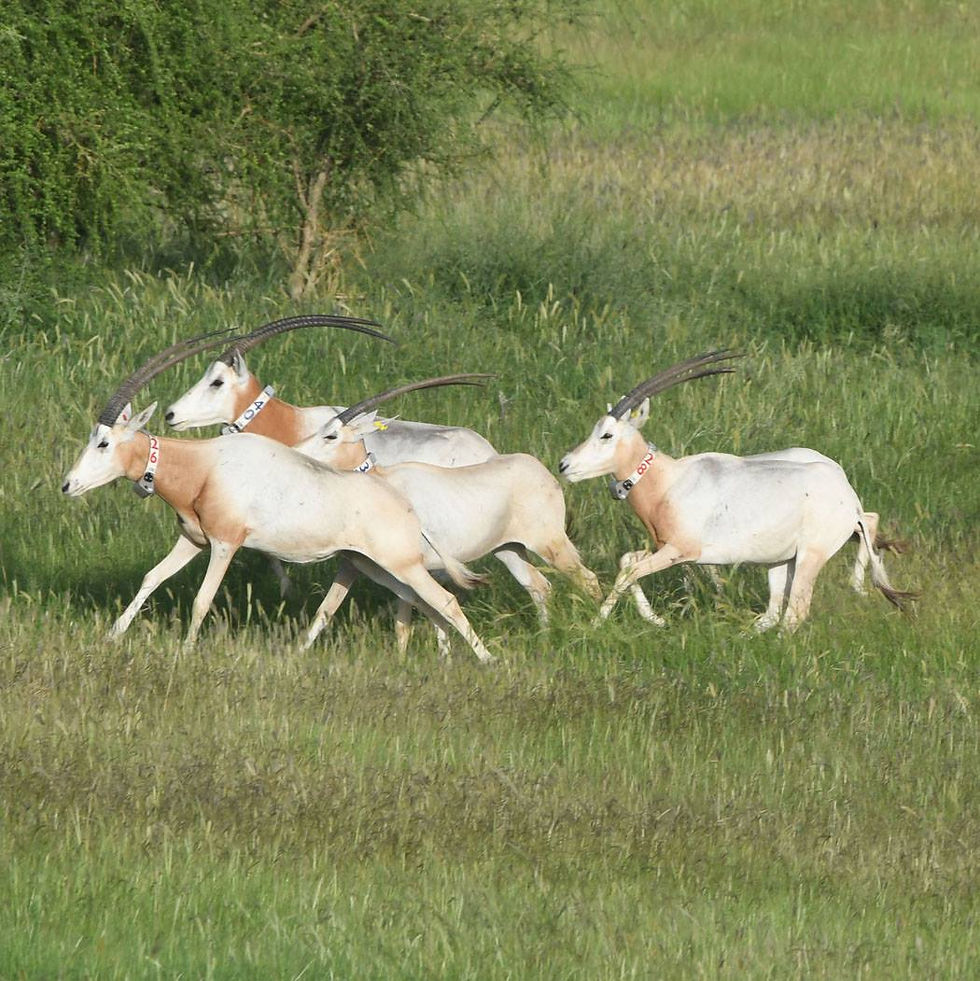
@ Smithsonian

@ Smithsonian
Wildt also noted places with expansive pastures like the Smithsonian Conservation Biology Institute are enriching for ungulates. “We believe hoofstock should live in big herds like they do in the wild, where the offspring have access to their age matched cousins, dams, aunts and one or more bulls,” he added. One of the hoofstock species the institute has focused on is the Przewalski’s horse, a species that went extinct in the wild and only survives today because of zoos. “European zoos helped reintroduce Przewalski’s wild horses into Mongolia,” Wildt noted. “We’re helping advise China in a similar effort.”

@ Smithsonian

@ Smithsonian
Another hoofstock species of interest the Center for Species Survival is the Eld’s deer, now rarely found in American zoos. “We have one of the best Eld’s deer populations that has been studied extensively,” Wildt remarked. “For example, the Eld’s deer is a long-day breeder, in contrast to the common white-tailed deer. Steve Monfort, now Director of the National Zoo, studied the many mechanisms controlling onset of reproductive activity of Eld’s deer for his Ph.D. thesis and used noninvasive hormone monitorings.” Subsequently, these tools and knowledge were used to develop a parallel program for conserving Eld’s deer in Thailand, one of its range countries.

@ Smithsonian
One or the species of most interest to Wildt is the cheetah. The Institute’s Cheetah Science Facility opened in 2007, but Wildt’s involvement with the species began in the late 1970s. “Even before joining the National Zoo, I had met Mitch Bush who suggested we increase cheetah breeding in U.S. zoos by using AI,” he explained. “Ted Reed was good friends of Frank Brand (director of the National Zoo of South Africa) who set up a visit for us to De Wildt Cheetah Breeding Center operated by Ann van Dyk. We had the idea that we could produce cheetah offspring using mostly tools and knowledge from cattle. We froze cheetah sperm, imported it into the U.S. and traveled to zoos doing AI. Not one cheetah became pregnant making us realize the importance of species differences. So our focus changed to learning everything we could about cheetah biology.”

@ Smithsonian

@ Smithsonian
Knowing the specifics of cheetah reproductive physiology was a key to many successes, often simply informing management. “We discovered with our C2S2 colleagues that 90% of cubs were being produced in breeding centers where there is plenty of space and minimal distractions,” Wildt remarked. “This motivated zoos to move their most valuable, prime-aged cheetahs to larger breeding centers.” It also became apparent that these facilities don’t need to be elaborate. The Front Royal facility was built for functionality. “Cheetahs don’t need waterfalls or artificial rocks- they value significant space,” Wildt noted.
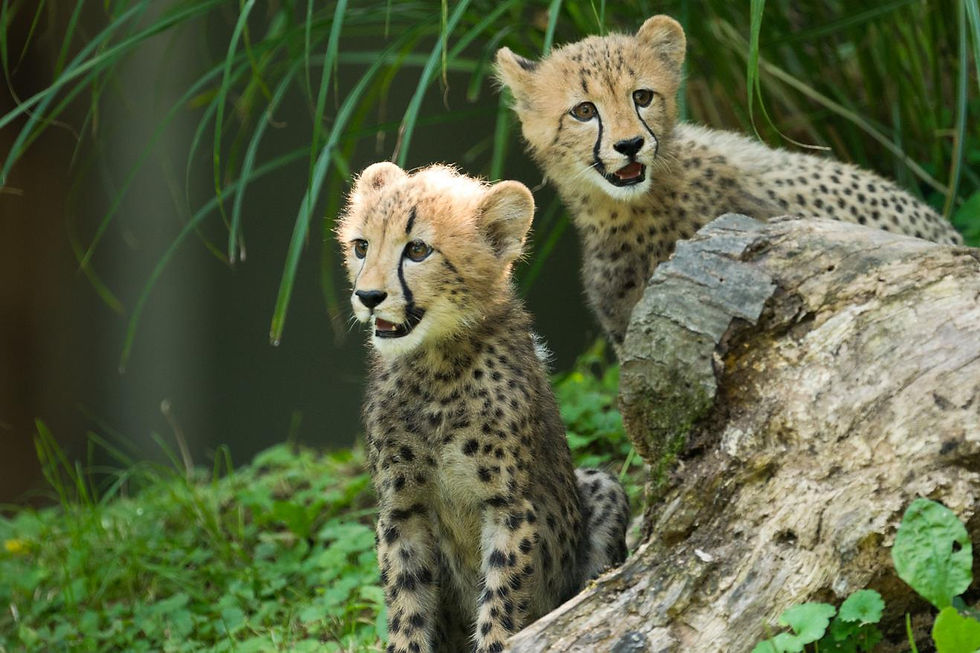
@ Smithsonian
The results have been impressive. Besides significant numbers of publications on diverse topics from the fundamentals of male and female reproductive physiology to the numbers of keepers required to minimize stress, Wildt’s team, led by Adrienne Crosier, has produced 11 cheetah litters. More importantly, C2S2 institutions in partnership with the Cheetah SSP (led by Crosier) produced more than 90 cheetah offspring in 2017.

@ Smithsonian

@ Smithsonian
When Wildt became head of the Center for Species Survival, he immediately made its efforts more strategic. “We prioritize and then select species that can most benefit from an integrative approach and then explain all of it in a collection plan that is updated regularly.” The scientists work closely with the animal care staff to identify these ‘signature’ species. One example is the red panda, with the population now living in a new facility tucked away in a valley at the Institute.
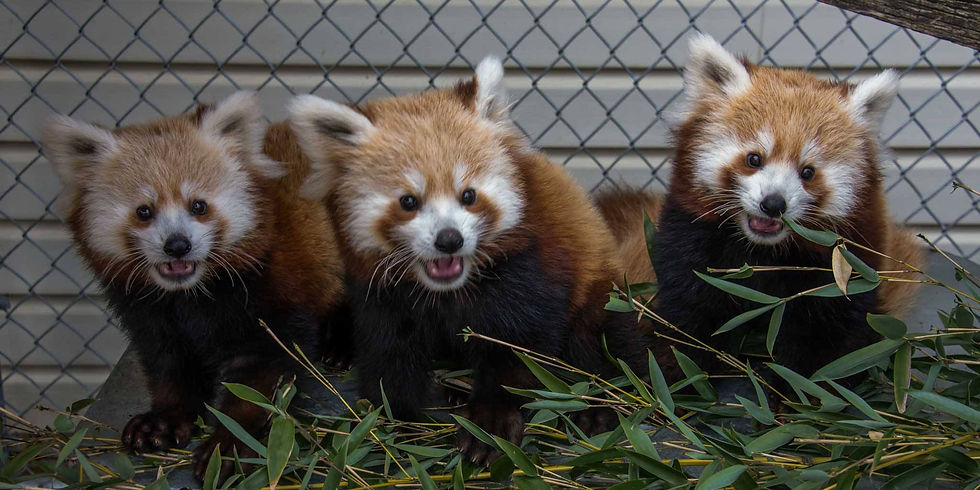
@ Smithsonian
“As with most of our new facilities, we rely extensively on private donors to underwrite construction,” Wildt stated. “In the case of red pandas, we were able to repurpose some of our original enclosures (corn cribs that provide lots of vertical space) to the new facility.” The Institute is a leader in red panda reproduction.

@ Smithsonian
Adjacent to the red panda facility is another signature species, the elusive clouded leopard. “JoGayle Howard was instrumental in helping understand the biology of clouded leopards,” Wildt recalled. “We have had over 70 cubs in Thailand with our consortium that includes the Khao Kheow Open Zoo, Point Defiance Zoo and the Nashville Zoo.”
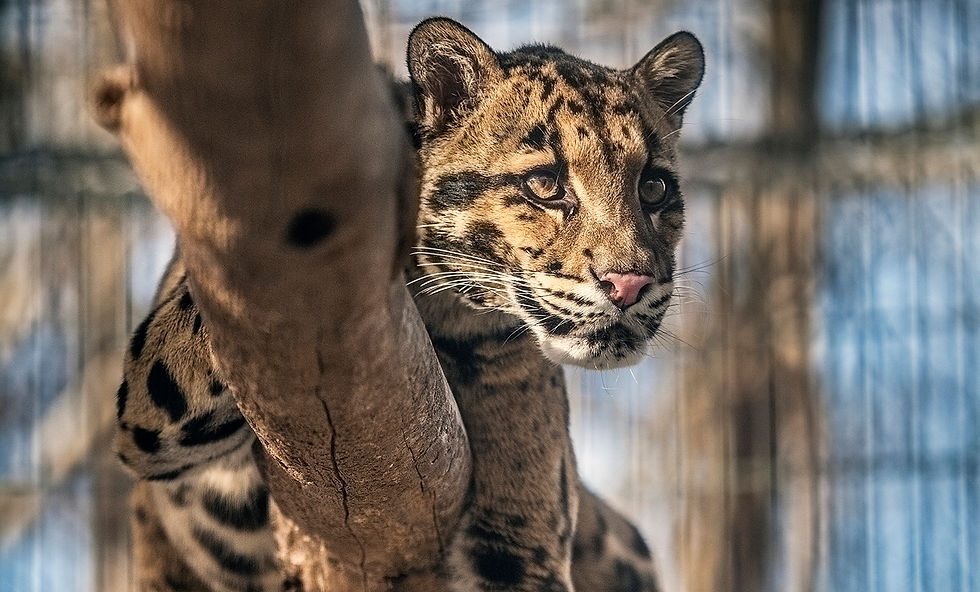
@ Smithsonian

@ Smithsonian
Personally, Wildt is most proud of the progress that has been made in China on giant panda reproduction and conservation. In 1996, he traveled to China with the late Ulysses Seal and a Conservation Breeding Specialist Group (CBSG) team to discuss problems facing the species. One of the major outcomes was a decision to conduct a biomedical survey for more than 60 giant pandas in China to identify factors that were limiting reproduction. Susie Ellis (then of CBSG) was a coordinator with Wildt for the project that involved not only the National Zoo but also the San Diego Zoo and Saint Louis Zoo. Together with Chinese colleagues, a lot has been learned, plus the captive population of giant pandas has grown from 120 in the late 1990s to more than 500 today.

@ Smithsonian

@ Smithsonian
“Furthermore, having pandas in zoos certainly has brought awareness and funding to support conservation the species in nature,” Wildt articulated. “Millions of dollars have been generated for studying, restoring and connecting wild habitats in the giant panda range of China, and there is more effort underway on reintroductions.” Wildt and his colleagues have emphasized the importance of publishing results, including producing a book on giant panda biology, veterinary medicine and management.
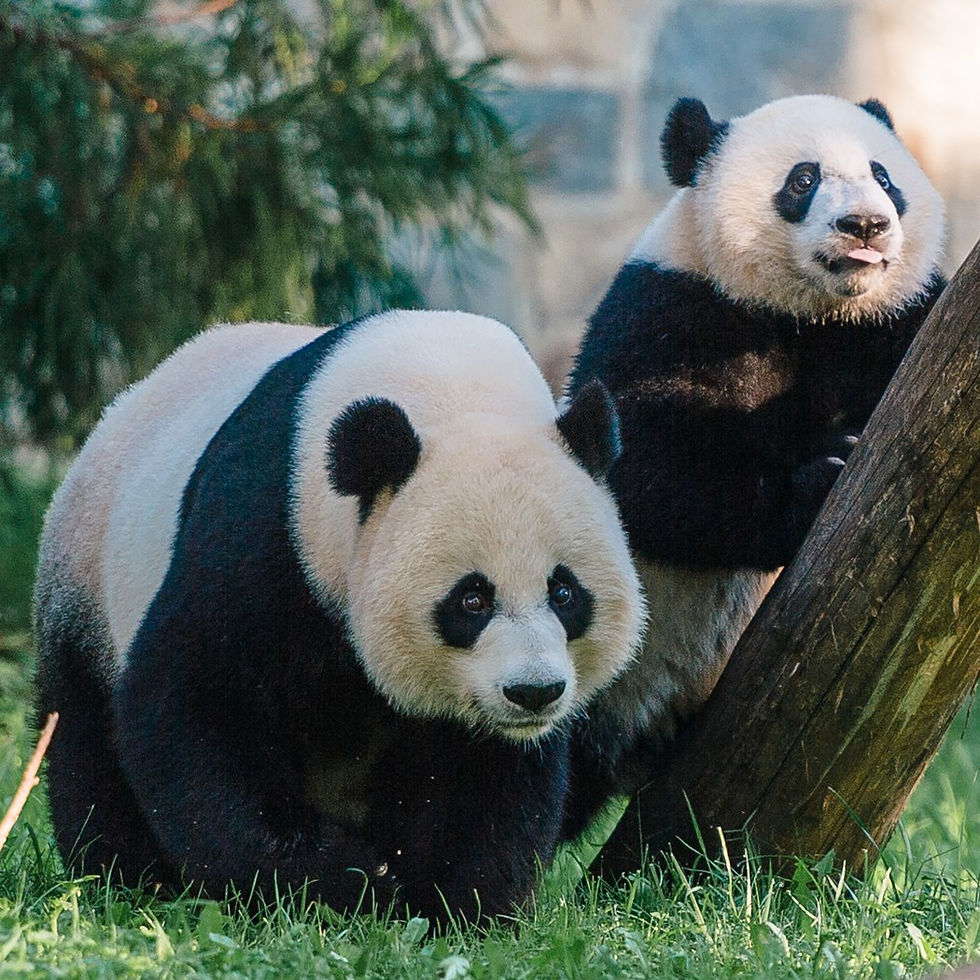
@ Smithsonian
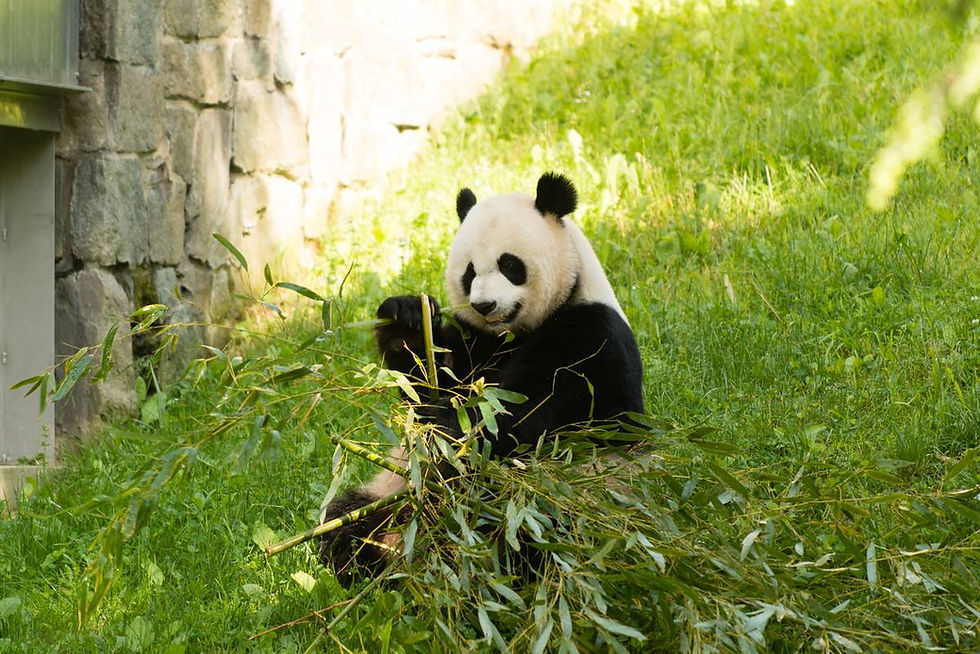
@ Smithsonian
“My goal is creating sustainable populations and finding new approaches and spaces,” David Wildt concluded. “I’m proud of the work we have accomplished with species ranging from cheetahs to ferrets to giant pandas. At the same time, I’m concerned we have too little time to apply what we already have learned to more species. While I understand zoos need to create a successful ‘business’, that doesn’t mean we can afford to stick with models that have been in place for decades. Perhaps zoos should consider focusing on fewer species and more animals per species. But also there is a need to consider the source of animals now and in the near future.”

@ Smithsonian

@ Smithsonian
“I believe zoos will require far more reliance on big breeding centers and highly credible partners in the private sector,” Wildt continued. “That means a need for some shift in the way we think- and operate. Regardless, in the end I am a science guy and every success we have had in conservation today was underpinned by scientific discovery. I hope all zoo leaders remember the need to support conservation science.”

@ Grayson Ponti






Comments